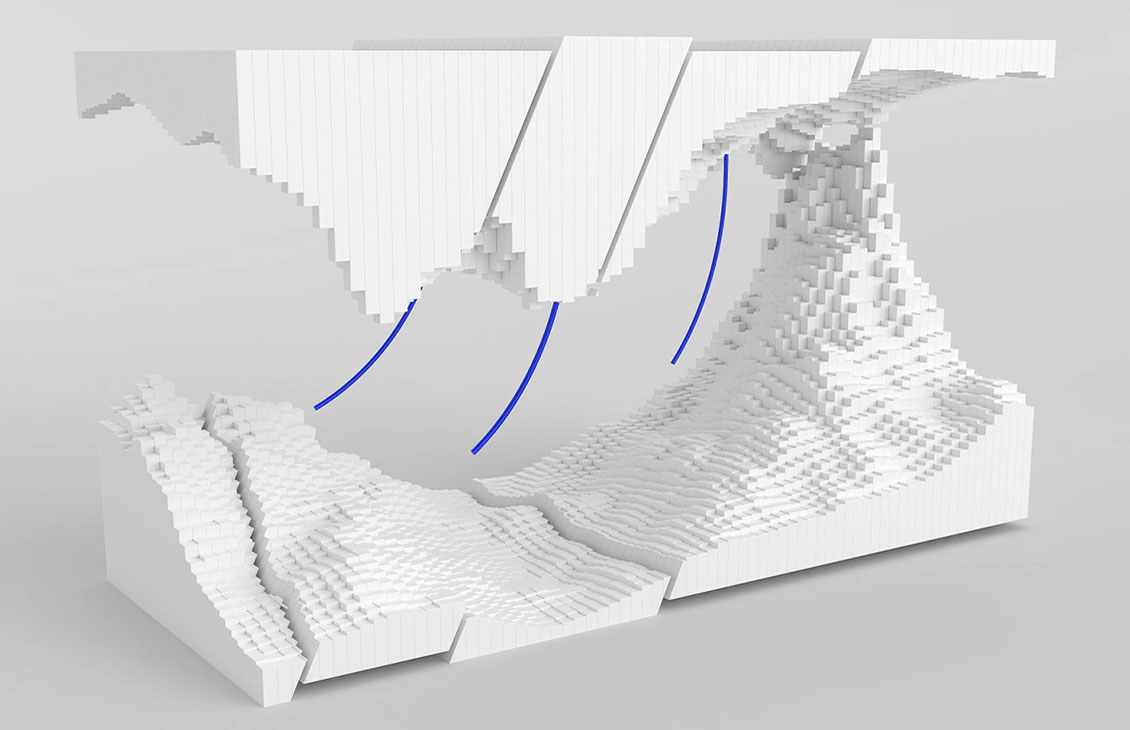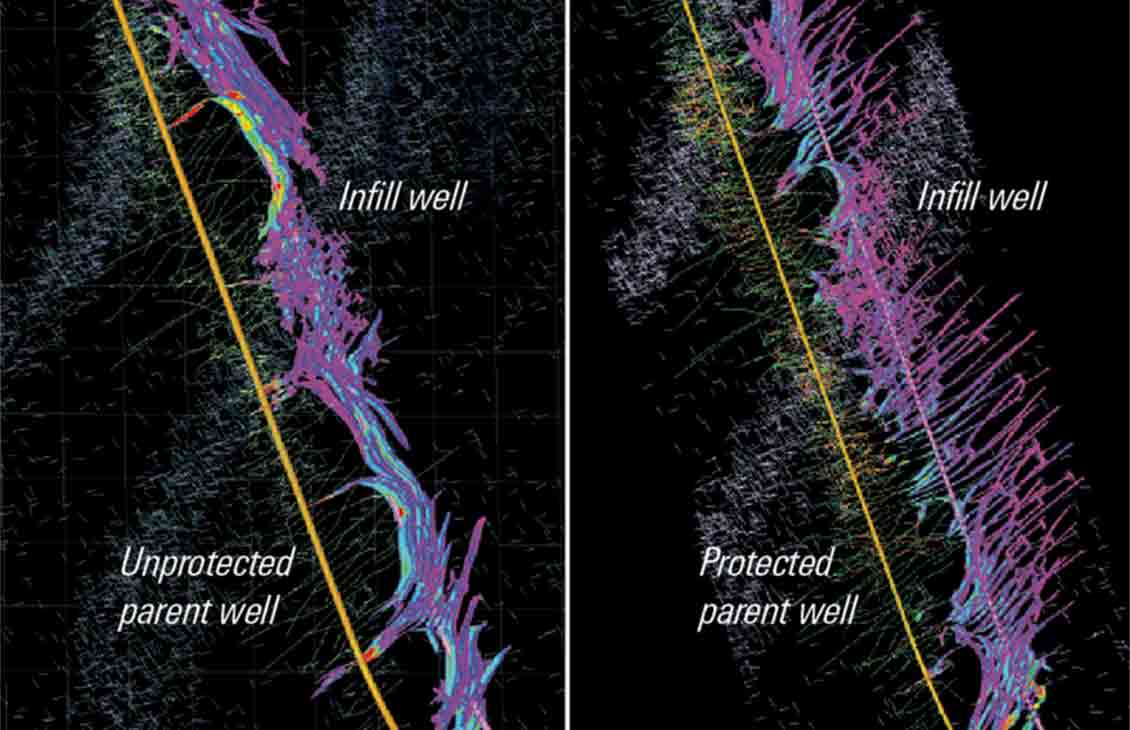Intersect simulator
The Intersect™ reservoir simulator is the industry’s leading reservoir simulation technology, complete with the physics, performance, and resolution you need for every asset
The Intersect™ reservoir simulator is the industry’s leading reservoir simulation technology, complete with the physics, performance, and resolution you need for every asset









